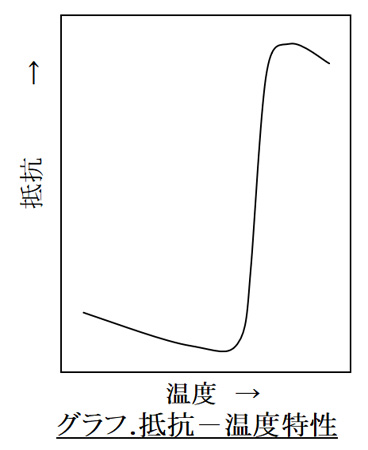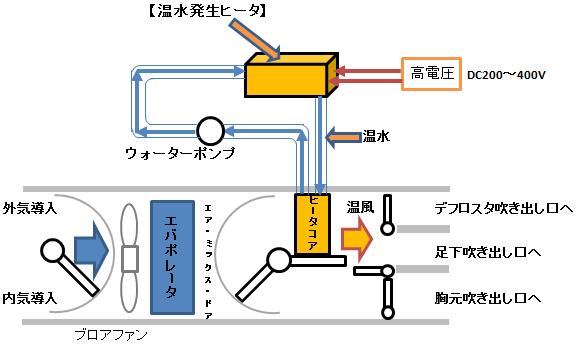Kashing Kogyo sells and develops PTC ceramic products used in various fields.
For more information, please contact our Technical Division.
About PTC Heaters
PTC (Positive Temperature Coefficient) heaters are heaters with positive temperature characteristics.
PTC heaters are constant-temperature heaters that exhibit a self-temperature control function by rapidly increasing resistance when the temperature rises above the Curie point.
Features
-
- The world’s first insulated, moisture-proof, drip-proof heater developed in pursuit of safety.
This is a very safe product with waterproof and dustproof performance (IP67). - Temperature control function makes it ideal for use as a constant-temperature heating element.
- Since control is performed by continuously changing the resistance value, fluctuation of the heating temperature is very small, and there is no noise or spark generation.
- Even if the applied voltage fluctuates, the PTC adjusts its own resistance value to stabilize the power, thus eliminating the risk of overheating and ensuring safety.
- The world’s first insulated, moisture-proof, drip-proof heater developed in pursuit of safety.

PTC-applied products
-
- Products using voltage-current characteristics
The relationship between the applied voltage and the current at thermal equilibrium shows a characteristic that is almost in line with the constant resistance line up to a certain voltage and almost in line with the constant power line above that voltage. Products utilizing this characteristic
・Used for warm air generators in general (e.g., car heaters, washer/dryers, bathroom heaters, etc.).
・For constant temperature control, it is used in electronic mosquito repellents, heat insulators in general, and humidifiers. - Products Using Resistance-Temperature Characteristics
The relationship between resistance and temperature shows an almost constant resistance from room temperature to the Curie point, and a steep positive temperature characteristic after the Curie point. These products utilize this characteristic.
・They are used for temperature control of home appliances, fire detectors, overheating prevention of home appliances, etc. - Products using current time characteristics
The relationship between current and time when voltage is applied shows that a relatively large current flows immediately after the voltage is applied, but then it rapidly decays and stabilizes. This product takes advantage of this characteristic.
・The delay characteristic is used for delayed operation of relays, cathode-ray tube demagnetization, and motor starters.
・Current control characteristics are used to prevent surges, rush currents, and overcurrents.
- Products using voltage-current characteristics
Technical Terms
- Room temperature resistance (R25)
Resistance measured at an ambient temperature of 25°C by a voltage at which resistance change due to heat generation and voltage effect is negligible. - Inrush current (Ic)
The current that flows immediately after the voltage is applied. - Power consumption (P25)
The current that flows stably when a specified voltage is applied at an ambient temperature of 25°C is measured and calculated (voltage x current).
For automotive use, the value is calculated based on 0°C. - Curie point (Tc)
The temperature at which resistance value begins to increase rapidly, also called switching temperature. It is expressed as the temperature at which the resistance value becomes twice the resistance value at the reference temperature (R25 x 2). - Resistance-Temperature Characteristics (R-T Curve)
It represents the relationship between the resistance value of a PTC thermistor and ambient temperature, and is expressed as a value measured at a voltage at which the change in resistance due to heat generation and voltage effects can be ignored.
製品使用例

・エアシステムによる暖房 <高電圧車載用絶縁型ヒータ使用例>

